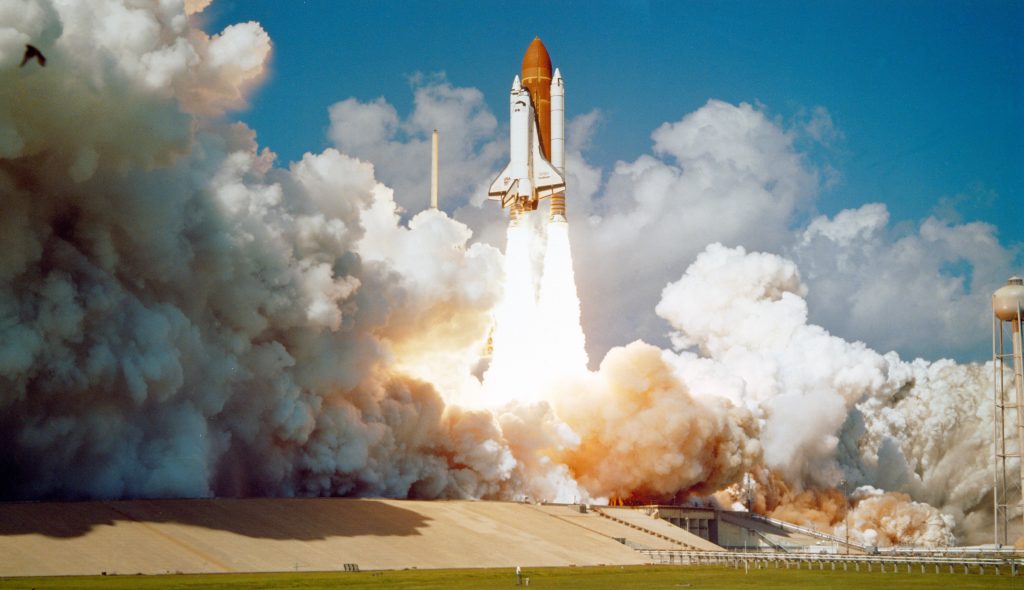SpaceX Rocket Explodes After Launch
Just four minutes after takeoff, a SpaceX rocket exploded; thankfully, there were no passengers or crew aboard.
This article is more than 2 years old

Elon Musk has reached a monumental moment in his professional career. SpaceX launched its first rocket.Unfortunately for him and his company, the launch was unsuccessful as it suffered a mid-flight failure. Luckily no human crew was on board this attempted launch into entering space.
This launch was scheduled for Monday, but due to difficulties with a pressure valve in the booster, it was changed at the last minute to today. SpaceX executives have stated these preliminary launches are just experimental to fix any operational problems that may occur. They would call this launch a success if the rocket leaves the launchpad.
Once operational, the rocket named Starship will carry cargo and tourists to space and is a critical component in NASA’s plan to have astronauts visit the moon. This is part of a $3 billion contract that SpaceX has entered into with NASA so that the rocket can be used as a part of NASA’s Artemis moon program.
SpaceX hoped this launch would go ahead by 2021 but faced many delays and pushbacks. It is rumored that the Starship program will cost SpaceX close to $5 billion.
After the failed launch on Monday, the SpaceX team worked tirelessly to fix any problems that had occurred. It launched from NASA’s Kennedy Space Centre today, and the weather conditions were perfect for the initial launch of Starship. The rocket is filled with more than 10 million pounds of liquid oxygen and methane.
The rocket is 394 feet tall and has a diameter of 30 feet. These measurements are record-breaking as Starship is the tallest rocket ever built. At the base, it contains 33 engines. These engines produce nearly 17 million pounds of thrust which is more than double what NASA’s rockets usually possess. Within the rocket itself, it contains six engines, three will be used to break the Earth’s atmosphere, and three will be used within space itself.
When the loading was finished at T-3, spectators were told to put in earplugs as the sound from the rocket was so loud it could be heard from neighboring counties. The rocket launched on time, and both spectators and SpaceX employees were elated at Starship’s lift-off.
SpaceX’s live stream showed internal images of the rocket two minutes after it was launched. But only four minutes after it was launched, it failed, with SpaceX stating that it went into an unscheduled disassembly. The rocket was unfortunately destroyed, but no crew members were on-board for this launch. SpaceX will complete hundreds of these experimental launches without a crew before people are allowed to be in the rocket during launches.
The rocket flew 39 kilometers before exploding and was short 100 kilometers to break the Earth’s barrier into space. But before it imploded, it did achieve one milestone that SpaceX was pleased about. The booster and rocket successfully separated, and the booster began its descent toward the Earth before disaster hit.
SpaceX and NASA achieved what they wanted from this launch, and it will be exciting to see where their partnership goes from here.







